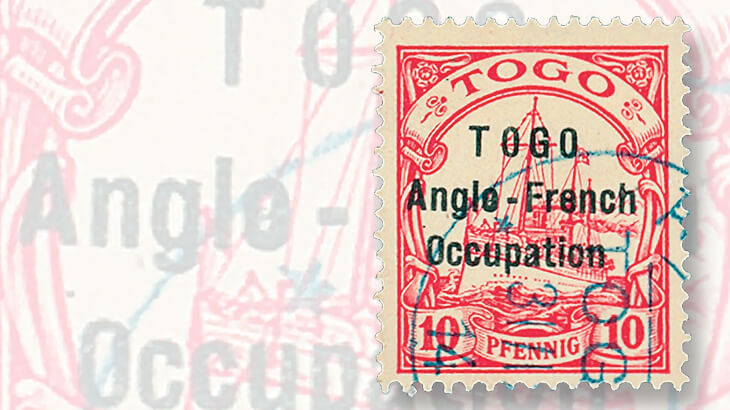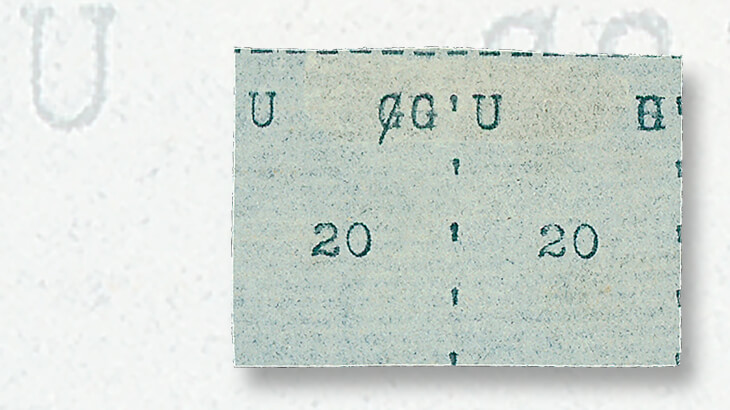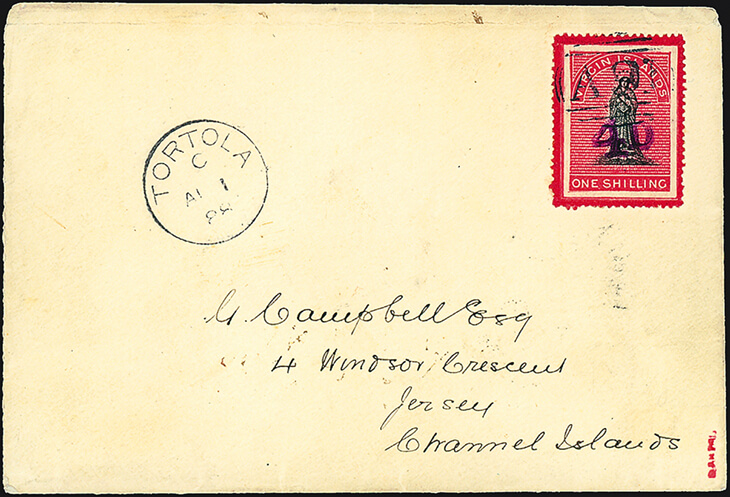Auctions
Design specs of Jamaican telegraph stamps highlight Grosvenor sale
Auction Roundup — Matthew Healey, New York Correspondent
Grosvenor Auctions held a sale of British Empire and foreign stamps on Feb. 2 in London that included numerous proofs and specimens.
One of the most intriguing items was a page from an official archive, dated 1879, showing design specifications for Jamaican 3-penny and 1-shilling telegraph stamps.
Jamaica was one of a few British colonies that ordered up special telegraph stamps modeled closely on Britain’s own, which were produced by the firm of De La Rue from 1876 to 1881.
Connect with Linn’s Stamp News:
Sign up for our newsletter
Like us on Facebook
Follow us on Twitter
Telegraph stamps would typically be affixed by a clerk to a telegraph form that was destroyed after the message had been sent. They were discontinued after a few years and replaced by regular postage stamps.
The archival page in the Grosvenor sale bears two hand-drawn sketches for the Jamaican stamps, with portraits of Queen Victoria pasted on, and the notations that accompany the designs prove the designs, sizes, and colors were deliberately borrowed from the British ones.
The page sold for the equivalent of about $3,900, including the 22.8 percent buyer’s premium charged by Grosvenor on all lots.
A scarce Virgin Islands provisional surcharge, the 1888 4-penny-on-1-shillling on toned paper (Scott 18), was offered as what is believed to be the only known example on cover. Postmarked in Tortola and sent to the island of Jersey, the cover went for about $7,800.
A rare overprint variety from the 1914 Anglo-French occupation of the German colony of Togo, in West Africa, shows the wording of the overprint on the 10-pfennig stamp in lines 2 millimeters apart (Scott 50). A fine, used example in the Grosvenor sale, with a light blue cancel from the coastal town of Anecho (now Aneho), sold for $3,000.
Among the most unusual classic stamps in philately are those produced on a typewriter by a British missionary in Uganda in 1895.
The designs consist of nothing more than the letters “UG” and a numeral of value, with hyphens and apostrophes forming the frames.
The stamps, denominated in cowrie shells (50 cowries = 4 pennies), were only valid within the British protectorate there; mail to the outside world had stamps of British East Africa applied as it passed through Mombasa.
Because these stamps were individually hand-typed, plenty of errors and varieties arose. A pair of 20-cowrie stamps with narrow characters in a narrow setting (Scott 29) shows errors on both stamps: the letter G misplaced on the left stamp and a G-over-U correction on the right. The pair sold for $2,175.
MORE RELATED ARTICLES
Headlines
-
US Stamps
Oct 7, 2024, 12 PMVasiliauskas named president of Mystic Stamp Co.
-
US Stamps
Oct 6, 2024, 5 PMApgar souvenir card available
-
US Stamps
Oct 6, 2024, 4 PMFirst Continental Congress and U.N. stamps receive Scott catalog numbers
-
World Stamps
Oct 5, 2024, 1 PMCanada Post continues Truth and Reconciliation series












